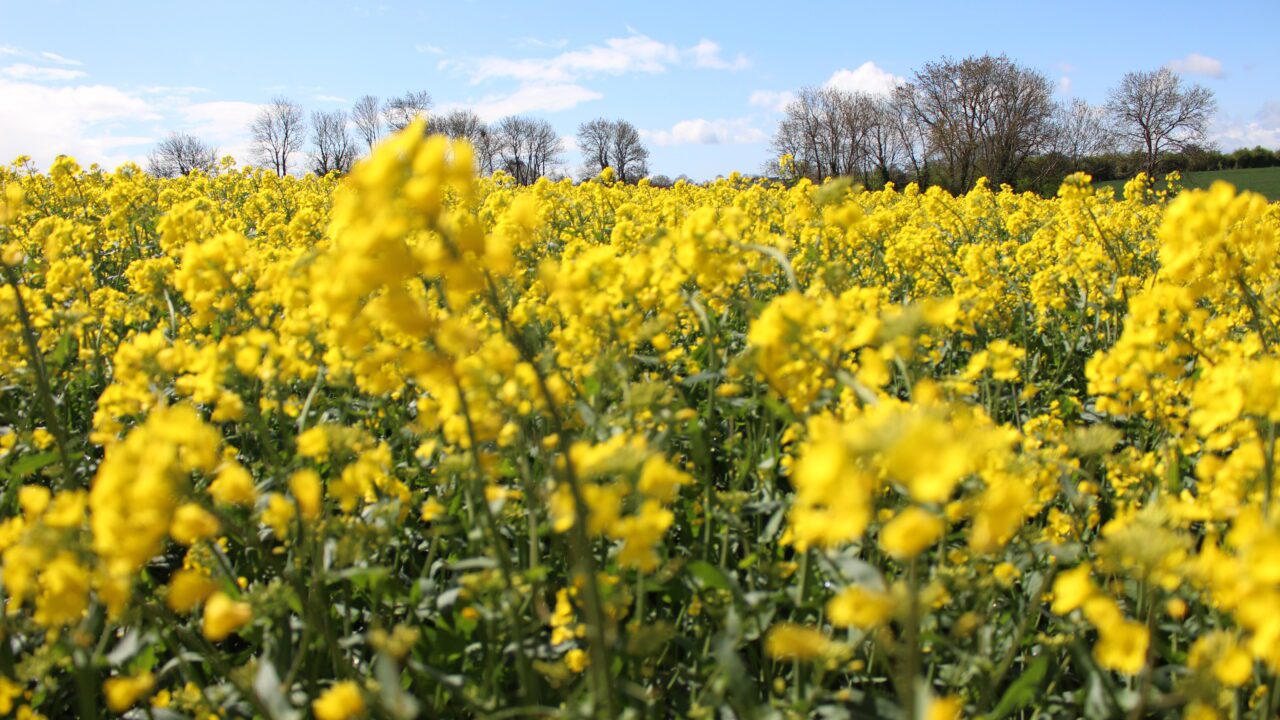Goldcrop agronomist, John Dunne, is strongly advising Irish tillage farmers to factor in the threat of clubroot when including oilseed rape as part of their crop rotations.
“Rape ticks a lot of boxes within all tillage scenarios,” he told Agriland.
“It is a tremendous bonus within all cropping scenarios.
“For those farmers who have strongly committed to winter barley in the past, oilseed rape makes the management of resistant weeds, including bromes and blackgrass, that much easier.
“The yield bounce generated within crops that follow rape is also significant. But the threat posed by clubroot cannot be overlooked,” he added.
Clubroot
Clubroot is a disease that impacts all brassicas.
“It is for this reason that I would not include any brassica species within a cover crop seed mix,” Dunne said.
“Clubroot spores have a half life of 15 years. They can survive autoclaving and passage through a ruminant animal’s digestive system.
“So, once the problem has been identified in a particular field, it is not easy to deal with.”
According to the agronomist, tremendous strides have been made over recent years, where oilseed rape breeding programmes are concerned.
“Yields of 1.8t/ac are now expected on a routine basis,” he said.
“Until recently, this level of production would not have been possible. Breeding rape varieties that are genetically resistant to turnip yellow virus (TuYV) has been another significant step forward.”
Oilseed prices
Dunne is quick to confirm that oilseed prices have fallen since the ‘dizzy heights’ of last autumn.
“Given the current state of the markets, growers will need to secure yields in the region of 1.5t/ac to break even in 2023,” he explained.
Meanwhile, TuYV has the potential to reduce oilseed rape yields by up to one third.
“The Irish climate is very suited to aphids; this is why cereal growers can have such problems with Barley Yellow Dwarf Virus [BYDV],” Dunne continued.
“So having traits such as TuYV resistance in varieties is really important to Irish farmers.”
Limagrain UK, was the first plant breeding business to introduce the trait into oilseed rape varieties.
Last year, Goldcrop took rape samples of varieties without TuYV resistance and found the virus to be consistently showing up.
“Once you get your eye in for identifying the virus symptoms, you’ll see a reddening of leaves at the edges of the field and along tramlines and the disease can take up to a third of the yield,” Dunne commented.
“We saw headline varieties without resistance falter in our official trials, whereas resistant varieties took this risk out of the equation.”
